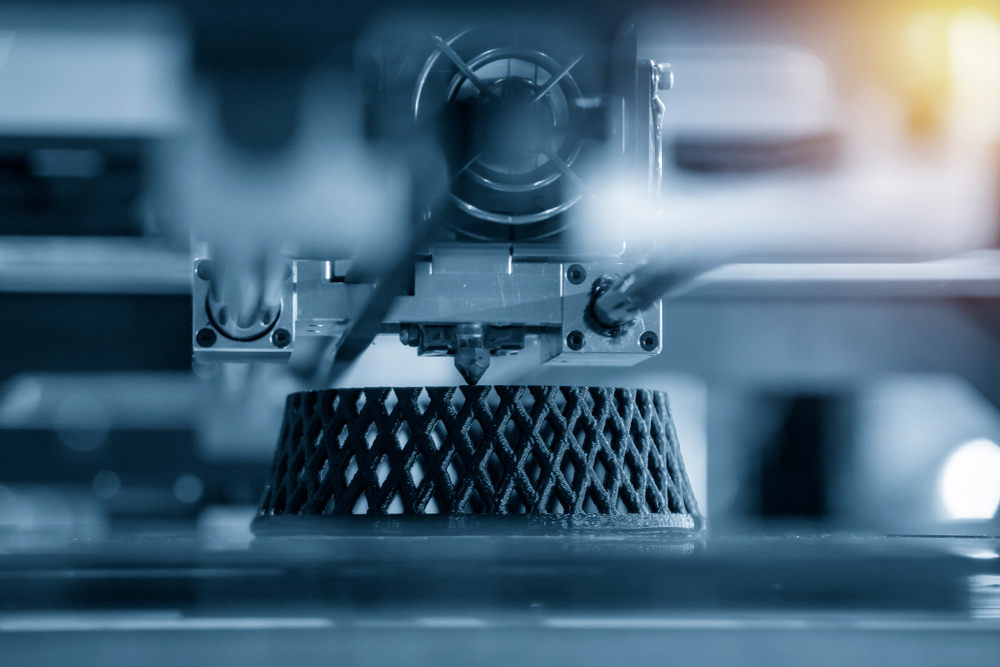Prototyping
Guide to the Ideal Additive Manufacturing Process
Additive manufacturing is often associated with low-volume production or prototyping. Some 3D printers are developed for the sole purpose of rapid prototyping. Still, innovations in 3D printing technology have made high-volume production both feasible and often the best solution for accelerating a new product to market. 3D printing has no tooling costs and very few design limitations. Companies can implement 3D printing solutions from innovation through production, eliminating certain drawbacks associated with traditional manufacturing.
Read MoreWhat is 3D Printing, Additive Manufacturing, and Rapid Prototyping?
Dentists, aerospace engineers, footwear manufacturers, and other industries utilize 3D solutions to streamline production processes, expand design possibilities, create better-performing products, and enable a more resilient supply chain.
Read MoreHow 3D Printing Is Improving the Footwear Manufacturing Process
Traditional footwear manufacturing is a time-consuming process that often limits designs. With high tooling costs and production limitations, initial designs, tooling, and prototyping can take months to complete and require significant investments. The final product design must fit the production method, and processes, like injection molding, can constrain the design. Products need to be developed so that tools can be built for mass production. Designers who work with injection molding must often reconfigure their product layouts to meet production criteria after the prototyping stage.
Read MoreBenefits of Additive Manufacturing for High Volume vs. Low Volume Manufacturing
There are many considerations in choosing high volume vs. low volume manufacturing. Additive manufacturing offers a viable option for any volume. It also enables manufacturers to implement a more agile business model with less risk. Here’s how additive manufacturing is reducing the gap between high volume vs. low volume manufacturing.
Read More
 dental.luxcreo.com
dental.luxcreo.com




